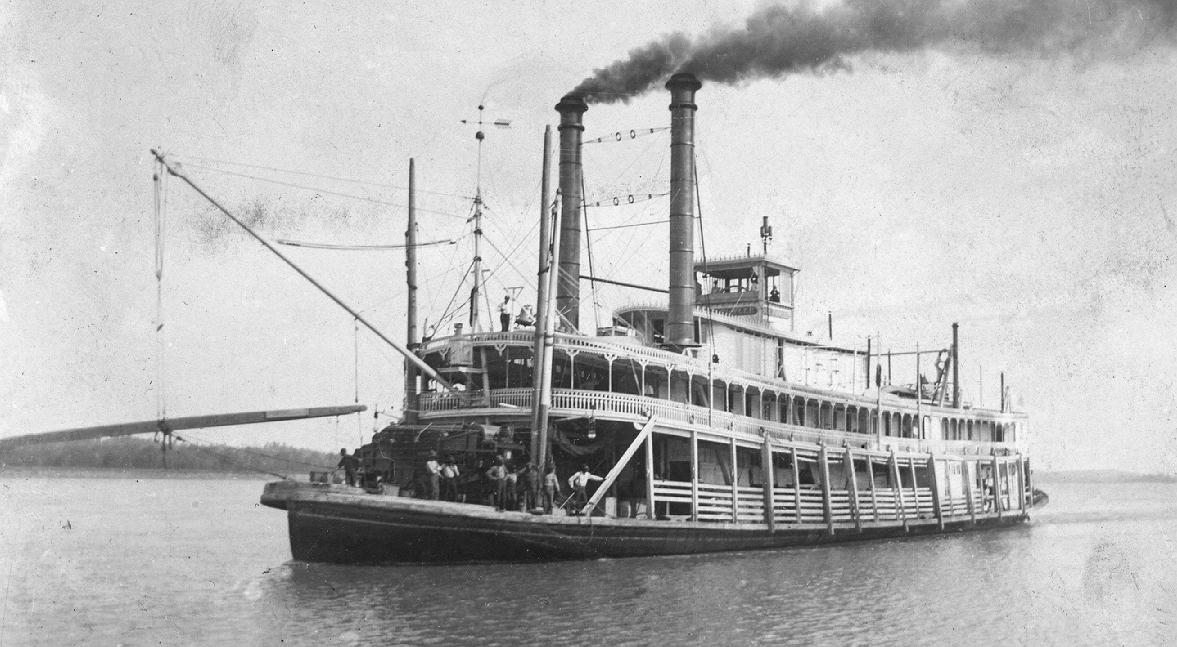Recently in History class we did a live chat with a person in Manchester England, who showed us around the Museum of Science & Industry. With this we could get a better understanding of how people lived during the industrial revolution. To prepare for this we had to do some research; we found out about Sir Richard Arkwright; the man who developed a spinning frame, and the improvements that were made upon this invention. Before we did the live chat with Jamie, our explainer, we also watched a video introduction, while doing this we took down all the vocab terms on the machines. Afterwards, as groups, we found the definitions of these words and this way we would be able to understand what Jamie was talking about if he used these vocab terms in the live chat. Next we drafted some questions that we might get a chance to ask Jamie, things like; How long would the whole process take overall to create a huge reem of cloth? and What motivated Jamie to become a museum curator?
There are many dangerous and interesting parts to the textile process. Kids and families played a big part in it too. If you were a parent who worked in a factory, you were expected to bring in your kids to work to do all the things that you were too large to do. The catch with this is that the jobs kids were doing were much more dangerous, because they were smaller it was easier for them to get in between the machines and clean them. Which then presents a bigger chance of getting caught in the machines. Most parents did not want their kids working with these dangerous machines so believe it or not they would buy orphans to fill in for their child in the workplace.
| This is one of the machines that children would have cleaned. They would stick their hands in between the spinning bobbins to clean out the dust. |
Not only was working in the mills a danger to children but everyone else as well. From just being in the mill you could lose your hearing, the machines were so loud people went deaf. For ladies working in the mills if you had long hair, you were sure to pull it back, because if you did not there was a risk of being completely scalped. Your hair could get caught in a machine and once that happened there isn’t much you can do. Cotton Fibers filled the air of the the mills, so naturally breathing this in for a long period of time could cause a lot of damage to someone’s lungs, it may even have costed people their lives. Also on a machine like a Hand Loom, you were doing a lot of physical labor, this means using your muscles for the entire day. All of this work would cause people to get stronger, but at the same time develop conditions like Arthritis. Families working in mills during the industrial revolution may have kept them afloat, but it was costing them a lot more than they probably would have hoped.
Doing this Live Google Hangout benefited me very much to understand the risks and health problems working in the mills caused. Having someone explain all of the machinery processes also gave me a better understanding of the types of work people could be doing. I also think that the way we prepared for this was very helpful towards the discussion we had with Jamie. It gave us somewhat of an understanding of what he would be talking about without us knowing more about the machines than the conditions we are studying. Hearing all of this from an expert most definitely impacted the way I look at curating as well, Jamie gets to be an expert on something as interesting as all of these machines and at the same time teach people about them. I think the curating process is very interesting and I am very glad that we got a taste of this in class.
![[Picture: Spinning Jenny]](http://www.fromoldbooks.org/Antisell-HandbookOfTheUsefulArts/pages/109-Spinning-Jenny/109-Spinning-Jenny-q75-500x296.jpg)
